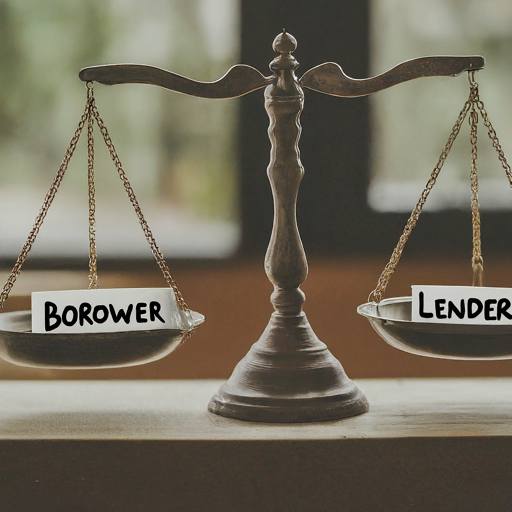Lately, there's been a buzz around liquidation-free margin protocols popping up in the DeFi space, especially on Solana.
But what exactly are they, and are they a game-changer or a recipe for disaster?
Ditching the Liquidation Hammer
Traditionally, crypto lending platforms rely on a mechanism called liquidation. This means if your borrowings get too risky (think the value of your collateral drops), the platform forcefully sells your assets to cover your loan. It's a bit like getting a margin call and having your broker sell your stocks to avoid losing money.
Liquidation-free margin protocols, as the name suggests, throw that hammer out the window. Instead, they use other tools to manage risk, like:
- Dynamic Interest Rates: The riskier your position, the higher the interest you pay. This incentivizes borrowers to keep their positions healthy.
- Margin Calls 2.0: The protocol gives you a friendly nudge to add more collateral or reduce your loan size if things get dicey.
- Adjustable Debt Ceilings: As the market fluctuates, the protocol might automatically adjust the maximum amount you can borrow.
The Borrower's Paradise?
Sounds pretty sweet for borrowers, right? No more waking up to a margin call and seeing your crypto vanish. This could potentially lead to:
- Reduced Stress: No more fear of sudden liquidations, allowing for calmer trading strategies.
- Higher Utilization Rates: Borrowers might be more comfortable taking on leverage, which could boost the overall liquidity of the protocol.
- Smoother Sailing: By avoiding mass liquidations, these protocols could contribute to more stable market prices.
But Hold on a Sec...
There's always a flip side, and here's where things get tricky. With no liquidation to fall back on, the risk falls squarely on the lenders' shoulders. This means:
- Lender Beware: If borrowers default on their loans, lenders are stuck holding the bag.
- Building a Better Risk Engine: Implementing effective risk management without liquidation is a complex challenge.
- Domino Effect: If a large number of borrowers default, it could destabilize the entire protocol.
The Lender's Dilemma
This increased risk is a big concern for lenders. If the potential returns don't outweigh the extra risk, they might just pull their funds out. This could lead to a liquidity crisis and ultimately cripple the protocol.

The Future is Uncertain
So, are liquidation-free margin protocols the future of crypto lending? The jury is still out. Here's what these protocols need to do to succeed:
- Smarter Risk Models: Develop sophisticated systems to accurately assess borrower risk.
- Sweetening the Deal: Offer lenders incentives like higher interest rates or unique token rewards.
- Diversifying the Pool: Don't rely on just a few lenders, spread the risk by attracting institutional investors.
- Safety Net Solutions: Explore insurance mechanisms to protect lenders from major losses.
Regulation and market conditions will also play a crucial role in shaping the future of these protocols.
The Bottom Line
Liquidation-free margin protocols present a fascinating experiment in crypto lending. While they offer potential benefits for borrowers, the increased risk for lenders is a major hurdle. Only time will tell if they can strike a balance and become a viable alternative in the crypto lending landscape.